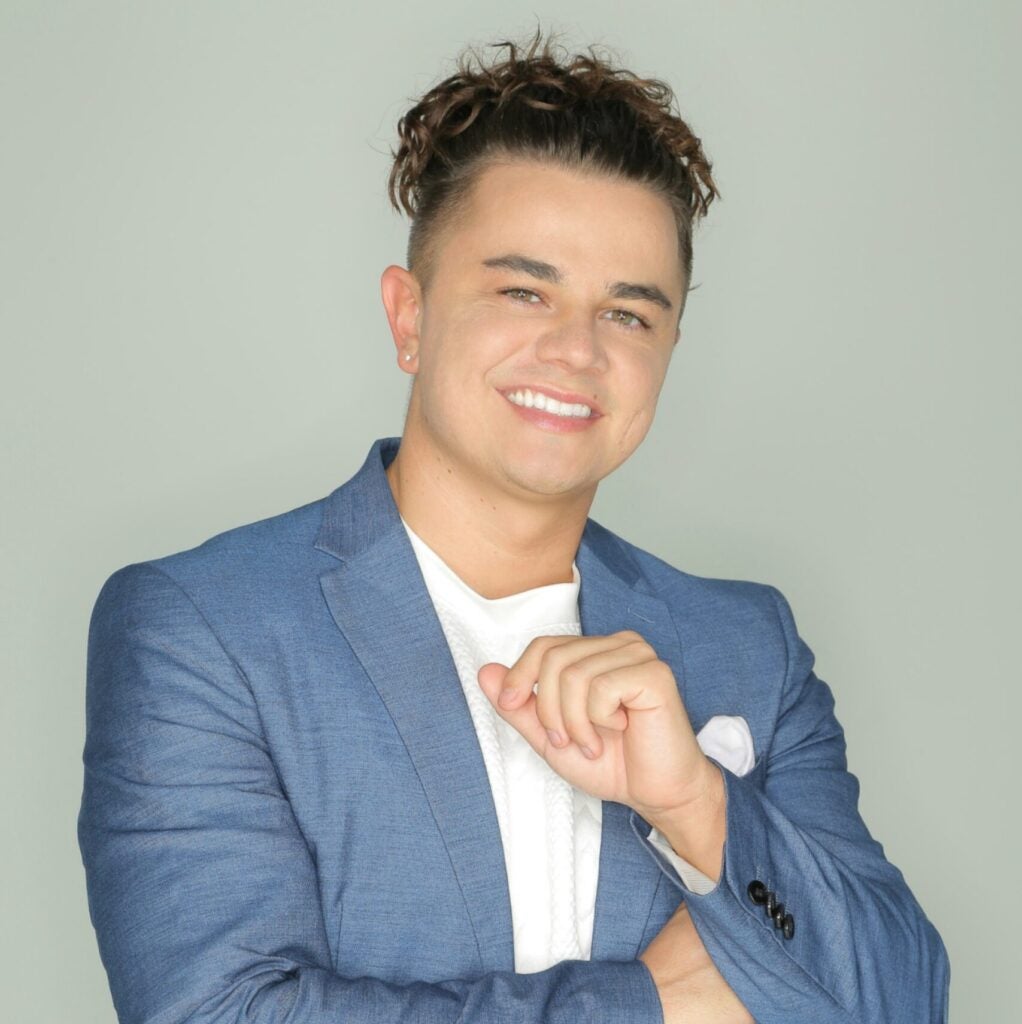
Brandon Stewart
CEO
Brandon Studios
Brandon Stewart, Founder and CEO of Brandon Studios, is a multi-platform entertainment studio and tech company, and home to such shows for Brandon TV as The Dolls, Mad House, Obsessed, and Encore. Stewart, who gained celebrity as a contestant on Season 12 of American Idol, brings his deep experience the creator economy to Screenshift in October, participating in “FAST Tracking the Creator Economy – Opportunities and Challenges in CTV.” He shares just some of his thinking here:
What do you think are the biggest opportunities or challenges on the minds of brand marketers today regarding the creator economy?
Stewart: We’re in the middle of a massive power shift, from traditional gatekeepers like big networks and studios to individual creators who are building, distributing, and monetizing content on their own terms. What used to require a greenlight from a network now just takes a camera, a clear point of view, and a direct line to an audience. That’s the biggest opportunity for brands right now: tapping into talent who aren’t waiting for permission but are already commanding attention at scale.
That shift in power is also where the challenge lies. Many brand marketers are still approaching the creator economy through a legacy lens, viewing creators as interchangeable media placements or tactical marketing tools. What’s essential to understand is that today’s creators operate as full-scale content enterprises. They are their own networks acting as producers, showrunners, and distributors with deeply engaged audiences they’ve built independently.
What do you think brands most need to understand?
Stewart: Is the content as clean or polished as larger-scale productions? No. But the key question to ask yourself is: does that matter anymore? To thrive in this new landscape, stakeholders must move beyond transactional relationships and adopt a partnership-first mindset. Success requires co-creation, honoring the creator’s voice, and embracing flexibility in format, platform, and distribution strategy.
The traditional Hollywood pipeline is evolving, and there’s no reverting to the old model. We didn’t chase validation. We built our model on our own terms and aligned with collaborators who respected that foundation. The first step in navigating the creator economy is to stop resisting it. Those who adapt will move from simply capturing attention to cultivating community. In this ecosystem, a loyal fanbase is the most valuable currency.
How has the evolution of the industry/media marketplace changed your role or how you advise clients?
Stewart: At Brandon Studios we’re not just adapting to change, we’re building something entirely new. We’re one of the first of our kind: creating a studio model that gives creators more skin in the game and a true seat at the table from top to bottom. It’s not just about hiring talent to execute a vision. It’s about shaping that vision together, from development to distribution. Everyone involved feels ownership, clarity, and alignment, which results in better work and stronger outcomes.
The traditional top-down structure is outdated. We believe the future belongs to collaborative ecosystems, not silos. That means breaking down the walls between executives, talent, and production teams and ensuring everyone is part of the process not just at the premiere, but from day one. When creators feel like they’re part of the journey, the work reflects that. I’ve always been a transparent person being from the South, I learned that honesty is the first step to a positive working relationship. Not just the talent, but the audience can feel when something is made with that kind of alignment and shared passion.
This approach also informs how we advise clients. We help them understand that the industry will not wait for anyone. It’s constantly evolving, and the brands, platforms, and studios that thrive are the ones willing to evolve with it. If you don’t move, you get left behind. We focus on long-term thinking, cultural fluency, and building IP that travels across formats.
I’ve also built a technology that provides a platform for creators and fans to play, outside of traditional social media outlets. Our streaming platform is married with a social media community, allowing users to post, interact with each other, and affect the storytelling process in real time. So we’re not one-dimensional. And that’s what I teach all of our talent and creators that in today’s landscape, it’s not just about making something that works, it’s about making something that matters.
What are the takeaway you hope attendees will gain from your panel at ScreenShift?
Stewart: That the creator economy is no longer emerging. It’s here. It’s thriving. And it’s redefining how content gets made, distributed, and monetized. This shift is not theoretical, it’s happening in real time. The most successful players will be the ones who lean in, evolve their strategies, and build partnerships that reflect this new reality.
Through our work at Brandon Studios, I want people to see how powerful it is when creators are given real ownership, shared vision, and a seat at the table. The future of this space is collaborative, not transactional. I want attendees to walk away realizing that when we work side by side with trust, transparency, and shared goals, everyone wins.
I hope the small anecdotes about our current success stories, like buying our 30,000-square-foot studio and our continued growth, motivate attendees to get moving. The industry is evolving, and time waits for no one. There is no better time to shift your focus. And remember: content is king. If I’ve done it, you can too.
On a personal level, I also hope to represent what’s possible when you don’t wait for permission. As a young CEO who found early success by betting on myself, my team, and a new model, I want others to feel empowered to do the same. There are no rules anymore. The path to success is not linear. It’s about staying focused, pushing through doubt, and knowing that limitations only exist if you accept them. I hope my presence encourages others, especially emerging leaders and creators, to believe in their own voice, back their ideas, and move with purpose.

Jon Giegengack
Founder and Principal
Hub Entertainment Research
Jon Giegengack is the founder and principal at Hub Entertainment Research. He launched Hub in 2013, as the convergence of technology and entertainment began to gain speed. Jon recognized the need for real-time insight about the changing world of digital entertainment: from how people discover new content, to how they consume it, to how they pay for it (if they pay at all).
In advance of his panel, “Winning with Live TV” at ScreenShift in October, Jon Giegengack, Founder and Principal, Hub Entertainment TV, shared sample insights with Cynopsis:
What are the biggest challenges you see in monetizing live TV content across both traditional and streaming platforms? Why has the industry has evolved to this point?
The biggest challenge is fragmentation. We’ve moved from a world of linear TV and appointment viewing to a landscape where the same content can appear in multiple formats—live, on-demand, ad-supported, ad-free, or a combination of all the above. This evolution was driven by consumer preference and enabled by technology. The challenge now is striking the right balance: meeting viewers where they are while still delivering the scale advertisers need.
What strategies are usually most effective in maximizing both audience engagement and revenue in live TV these days?
In sports, there’s tremendous opportunity to deepen engagement by personalizing the experience for different types of viewers. Younger sports fans, in particular, already consume most of their non-live sports content—like news and highlights—through social media. That means the format is different, more snackable, and often tied to an online community, which is now a key part of fandom. Emerging AI technologies—such as real-time stats, predictions, and tailored commentary—are also transforming sports from a one-way broadcast into a dynamic, personalized experience. And the more actively viewers engage, the stronger their connection to the sport becomes.
What are your hoped-for takeaway(s) from this panel — or from ScreenShift overall?
I’m interested in hearing how leaders are navigating the balance between delivering personalized content that viewers expect and achieving the scale needed for a sustainable advertising model. I’m also curious about how companies are leveraging technology—particularly AI—to make sports content more engaging by aligning what fans see and hear with their individual interests.
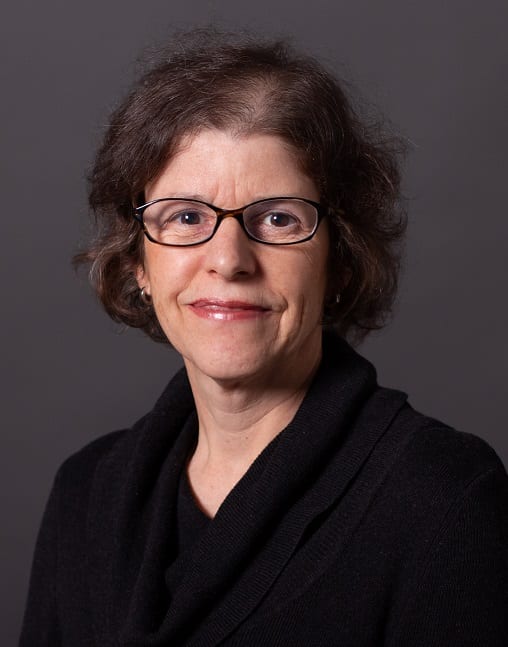
Helen Katz
EVP, Research, Data Sciences Practice
Publicis Media
In her current role, Helen Katz co-leads the global Data Intelligence practice at Publicis Media, a central team that provides insight, consulting, best practices and thought leadership in analytics and research. Helen oversees global data and research partnerships for Publicis Media and is a trusted industry expert on data quality and reliable measurement. She is currently an active member of both the U.S. Joint Industry Committee on alternative currencies, as well as the Media Rating Council.
Katz will be speaking at The AI Advantage: Redefining Media Strategy.
Since this panel is “The AI Advantage: Redefining Media Strategy,” can you provide a topline on how/why the industry has evolved to this point?
The advertising industry has spoken about the potential impact of AI in media for a couple of years. Now, it’s becoming real. For example, AI approaches can help us develop briefs, understand audiences, and optimize channels.
What are the biggest challenges faced when integrating AI-driven personalization into a media strategy?
There are two challenges here. First, it’s educating people on how best to apply AI to a media strategy. And second, we should do what we normally do with data – question it! Just because a strategy is handed to you by an AI tool doesn’t necessarily mean it’s right or optimal or perfect. The human element is still crucial.
What are your hoped-for takeaway(s) from this panel – or from ScreenShift overall?
This conference focuses on both the ‘now’ and the ‘future’ of TV/video. I’m excited to hear more about where we are and where we (and consumers!) are going with all forms of video entertainment!
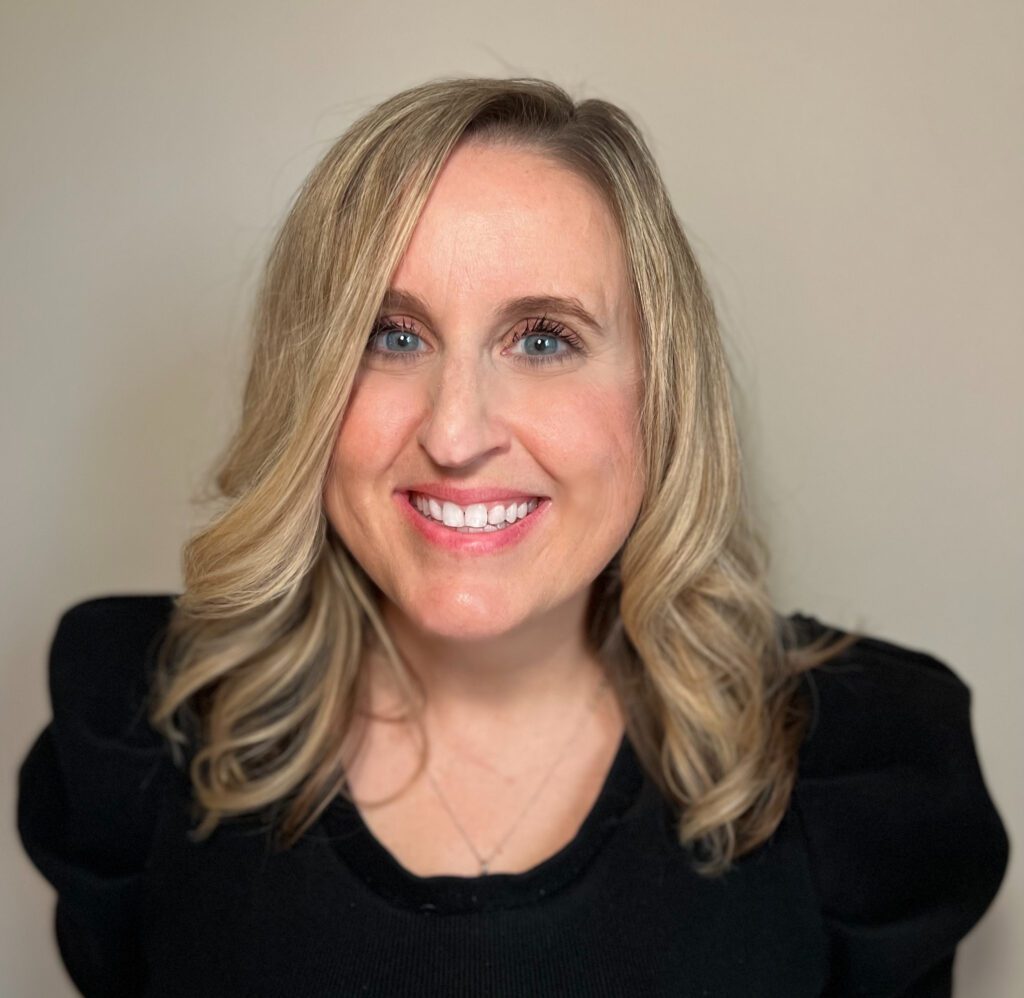
Caroline Giegerich
VP, AI Integration & Acceleration
IAB
Caroline Giegerich is the VP, AI at the Interactive Advertising Bureau (IAB), where she leads efforts to shape how artificial intelligence is adopted, standardized, and scaled across the advertising ecosystem. In this role, she works with publishers, agencies, brands, and ad tech leaders to advance education, build thought leadership, and develop actionable frameworks around emerging AI technologies.
Since this panel is “The AI Advantage: Redefining Media Strategy,” can you provide a topline on how/why the industry has evolved to this point?
The industry is at this inflection point because consumer behavior and expectations have radically shifted and AI is now advanced enough to meaningfully meet those demands. We’ve moved from a media environment driven by broad demographic targeting and static content to one where personalization, real-time engagement, and interactivity are the baseline. AI is enabling that shift by making it possible to move faster, optimize more intelligently, and connect content, commerce, and audience insight in more fluid ways. With the convergence of linear, streaming, and digital video, and AI rapidly evolving, we’re no longer just planning media buys; we’re engineering media experiences.
What are the biggest challenges faced when integrating AI-driven personalization into a media strategy?
One of the biggest challenges is measurement. Many platforms still optimize for tactical metrics like clicks or immediate purchases, but those don’t reflect the deeper impact of personalization over time. You also have the issue of fragmented data environments where AI tools can only be as effective as the signals and data they’re trained on, whether that’s incomplete identity graphs or inconsistent content metadata. Then there’s the human layer: aligning creative, media, and analytics teams around a new kind of strategy that demands trust in models, a willingness to experiment, and necessary collaboration.
What are your hoped-for takeaway(s) from this panel — or from ScreenShift overall?
I hope the audience walks away with a clearer sense of how to move from hype to action. Everyone’s talking about AI, but there’s still a lot of confusion around what’s working today and what’s just noise. I want this panel to help demystify that. What are the actual use cases that are redefining media strategy? What results are teams seeing? And how do we build responsibly for a future where AI plays a central role in how content is delivered, monetized, and experienced? Ultimately, ScreenShift is a chance to pressure test how we’re thinking about the future of media and whether we’re designing strategies that are truly built for the next chapter, not the last one.
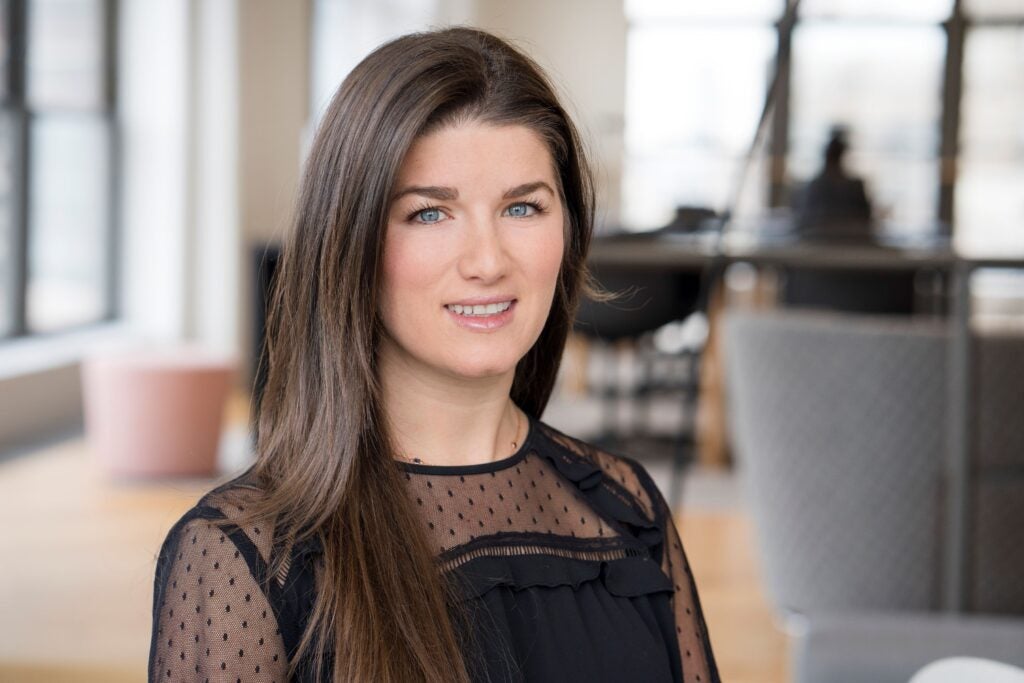
Samantha Rose
EVP, Strategic Investment Lead
Horizon Media
Samantha (Sam) has been a leader at Horizon Media over the past 17+ years showing dedication and passion to media investment within the Video and Advanced TV marketplace. Her tenure at Horizon started within linear TV, and as the landscape changed, she pivoted alongside it, evolving her role to adjust to marketplace demands. Over the course of her tenure, she has overseen the investment of linear TV, streaming and digital video for numerous clients across many categories. Most notably she has led the Capital One Video Investment team for the past 10+ years.
What’s the biggest opportunity or challenge your session or roundtable is tackling — and why is that important right now?
There has been a complete overhaul in how we all consume media in our daily lives. Gone are the days when TV was the dominant medium, effortlessly capturing massive audiences simultaneously and where advertising opportunities were more straightforward. Now, complexity has arrived…and is here to stay. It is more difficult to grab the attention of audiences and navigating how to advertise in this day is a tall task. However, with these complexities, comes opportunity. We can now strike a balance between brand and targeted media, better understand the impact of our messaging, and engage deeply with passionate consumers like never before.
If attendees walk away with just one key takeaway from your session, what should it be?
If there is one key takeaway for attendees, it is that while the advertising world may seem more intricate than before, it’s also incredibly exciting. As a self-proclaimed “TV kid,” I often reminisce about the simpler times when a :30 ad on TV would work wonders. Flash forward to today, and while it may not be as straightforward, the journey is certainly quite thought-provoking . This session will focus on my personal experiences with TV and how my passion for it evolved into a curiosity for advertising.
Who needs to be in this conversation — and what might they miss if they’re not?
This conversation is for anyone feeling overwhelmed by the rapidly changing media landscape. If you need a moment of reset and a reminder about the stimulating opportunities that come with these changes, then this session is for you.
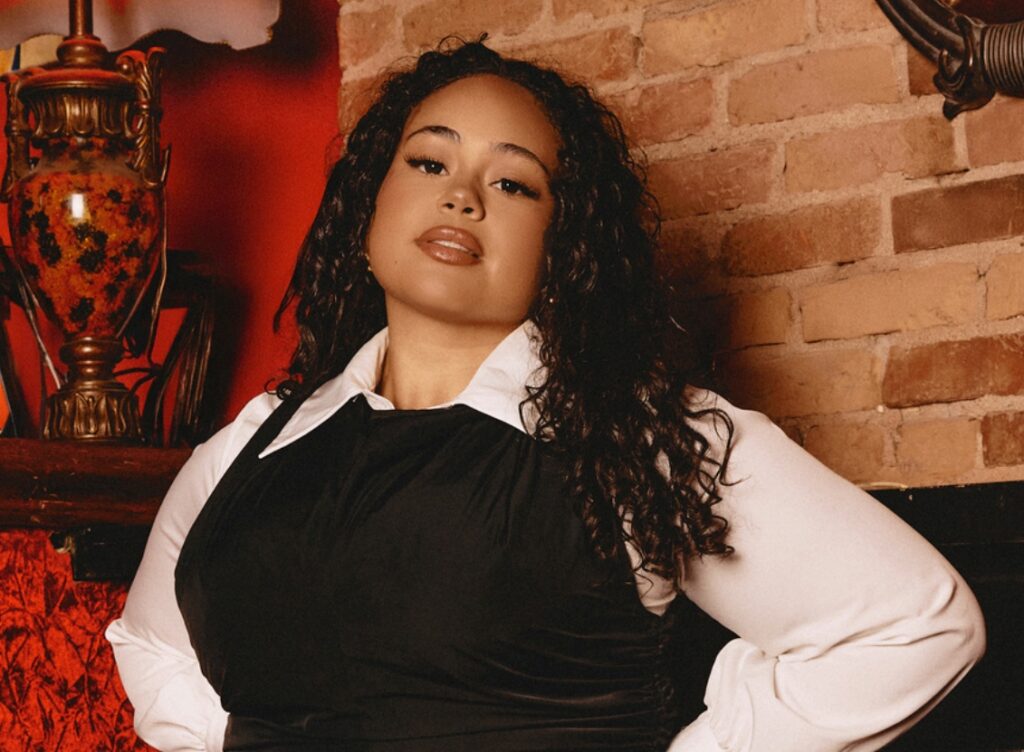
Phaith Montoya
Influencer & Content Creator
27-year-old Phaith Montoya has built a platform centered on fashion, beauty, and mental health, carrying a powerful message of change and inclusivity. She has millions of followers across TikTok, Instagram, and YouTube who look to her for encouragement, seeing her as a refreshing beacon of light, striving for a more inclusive world. Someone giving plus-size women greater visibility, opportunity, and the representation that is often lacking.
What’s the biggest opportunity or challenge your session or roundtable is tackling — and why is that important right now?
This session tackles one of the most urgent shifts in modern advertising: the need for brands to authentically integrate content creators into their marketing ecosystems—not just as add-ons, but as essential brand storytellers. Phaith Montoya, a next-gen voice with real influence and social impact, will explore how content creators are driving measurable ROI, reshaping how audiences—especially Gen Z and Gen Alpha—connect to entertainment titles and brand campaigns on platforms like TikTok and Instagram.
As marketing budgets continue to prioritize digital-first strategies, the smart money is moving toward creators who bring built-in trust, community insight, and platform-native storytelling. Phaith will unpack how creators become trusted cultural conduits, and why brands that don’t build these relationships now may fall behind in both relevance and reach.
If attendees walk away with just one key takeaway from your roundtable, what should it be?
That creators aren’t just media partners—they’re the bridge between your brand and your next loyal customer. Their 1:1 connection with their followers is deeper, more personal, and more persuasive than any traditional media buy. When brands leverage that influence with respect and intention, they unlock not just impressions—but impact.
Who needs to be in this conversation — and what might they miss if they’re not?
Media buyers. Brand managers. Talent execs. Marketing directors. Advertising agency leads. Anyone responsible for audience growth, cultural resonance, or bottom-line results. If you touch a brand, a budget, or a campaign—you belong in this room.
Because here’s what you’re missing if you’re not: direct insight from a creator who’s doing the work, building the audience, and bridging the gap between community and commerce. Most CMOs never get to sit face-to-face with the talent their agencies are sourcing. This is a rare opportunity to go beyond the pitch deck and understand what truly moves audiences in the creator economy—and how to make it move for you.
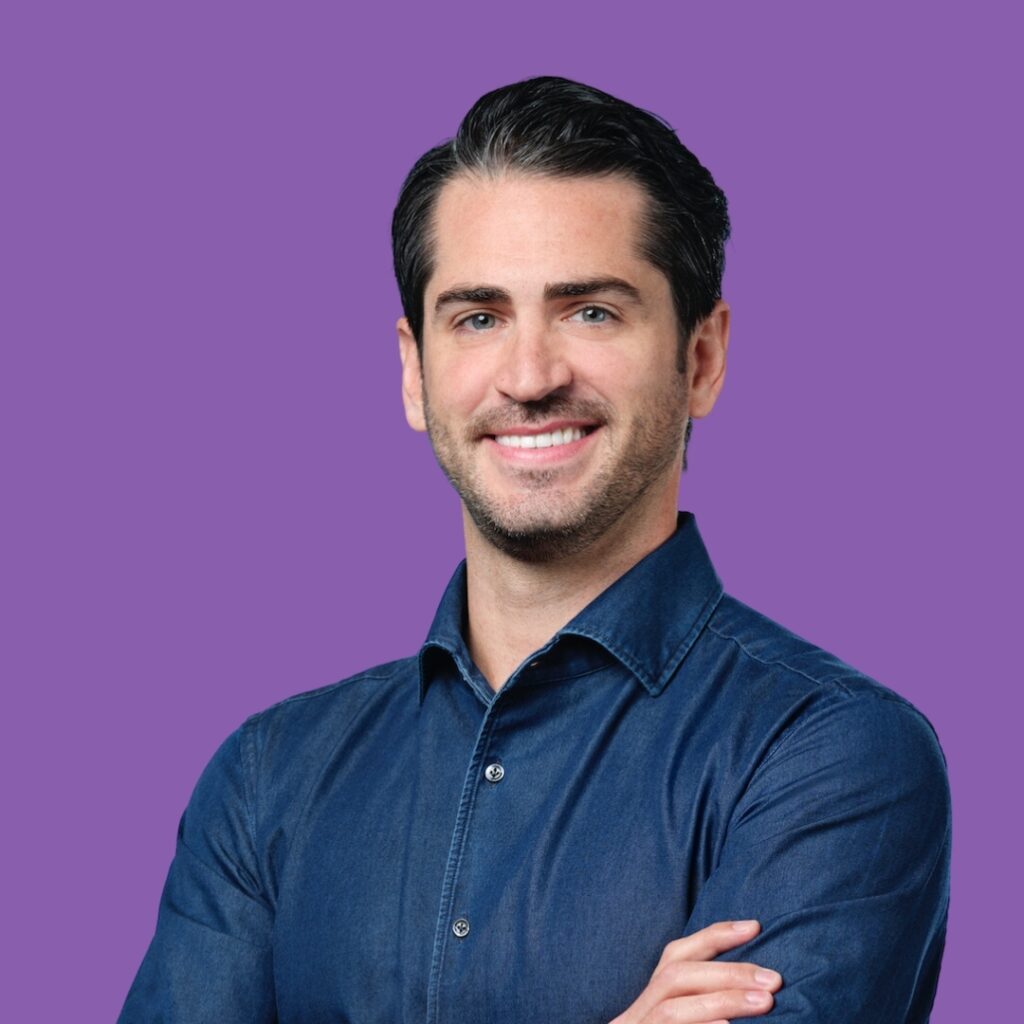
Sal Candela
VP Global Agency Partnerships
Roku
“Watch. Want. Buy. The Promise of Shoppable TV” : Sal Candela at ScreenShift 2025
What isn’t “shoppable” these days? At the ScreenShift conference October 14th, panelists will discuss the promise –and ways to fulfill that promise – of “shoppable TV.” Among them, Sal Candela, VP, Global Agency Partnerships at Roku, shared some initial thoughts she shared in advance:
What do brand marketers need to consider when thinking aiming to maximize shoppable?
Candela: Shoppable TV presents an exciting opportunity to evolve TV from a brand awareness driver into a full-funnel performance channel. The biggest question for marketers today is how to create a seamless shoppable experience that preserves the joy of streaming. According to a recent study we conducted with Dentsu around how consumers engage with shoppable TV, we found that nearly half of all streamers would pay attention to ads that allow them to purchase items featured in movies, shows, or live events – particularly when the shopping experience feels like a natural extension of the content. For marketers, the takeaway is clear: the more integrated and contextually relevant the shoppable moment, the more likely it is to drive engagement and conversion.
How has the evolution of shoppable and the state of the industry/media marketplace changed your role or how you advise clients?
Candela: As marketing dollars face increased scrutiny, our focus at Roku is on making shoppable TV as impactful as possible to ensure our partners are getting the most out of their budgets. From targeting to measurement, shoppable TV is only going to get more impactful as it continues to pair with retail media. For example, we work with numerous retail media partners, like Instacart, Walmart Connect, Best Buy Ads, Kroger Precision Marketing, and DICK’s Media to allow brands to pair first-party in-store data with streaming data at scale.
What are your anticipated takeway(s) from your panel?
Candela: I expect attendees will leave our panel inspired to launch their own shoppable campaigns for their brands or clients. We’re still in the early days of shoppable TV. For consumers to truly embrace the experience and turn it into a scalable shopping platform, we need more advertisers to start launching campaigns and help us define best practices for the space.

E.B. Moss
Writer, Podcaster & Strategist
Moss Appeal
E.B. Moss and Jeremy Goldman are both well-respected journalists and hosts, respectively, of b2b podcasts “Insider Interviews: With Media & Marketing Pros” and “FutureProof.” Together they’ll conduct a fast-paced and informative roundtable about the strategy and tactics brands and media companies should know when building their own audio/video podcast. In advance of their 4:30pm ScreenShift roundtable they provided some enticing information:
What’s the biggest opportunity or challenge your session or roundtable is tackling — and why is that important right now?
E.B. Moss: We’re tackling the myth that B2B podcasts are just “a nice-to-have” or something your intern can whip up in a spare closet. The real opportunity? Podcasts are powerful tools for brand authority, thought leadership, and—let’s not forget—actual business development. Right now, with attention spans as scattered as a group text thread, a well-done podcast is one of the few formats where your audience chooses to spend real time with you. But the challenge is: how do you make it worth their time and yours? We think it’s in the takeaways – a generosity of knowledge sharing. In the authenticity or connection with the host or guests that sparks what feels like a relationship… which sparks trust. That’s what we’re breaking down.
Jeremy Goldman: Too many brands treat podcasts as a marketing experiment that’s fun but optional. The truth is, podcasts are one of the last remaining ways to get sustained, undivided attention from decision-makers — something even the best ad campaigns can’t buy. The challenge? Standing out in an ocean of sameness. We’ll talk about how to cut through with format, storytelling, and audience targeting so your show becomes a must-listen, not just another link in someone’s inbox.
If attendees walk away with just one key takeaway from your session, what should it be?
E.B. Moss: Treat your podcast like a strategy, not a side hustle. This isn’t about plugging in a mic and hoping for the best. It’s about aligning your show with business goals—whether that’s thought leadership, lead gen, customer loyalty, or recruiting talent. If you know the “why,” you can figure out the “how.” And trust me, we’ll get into both.
Jeremy Goldman: Podcasting isn’t just about producing content — it’s about producing leverage. Done right, your episodes can fuel blog posts, social clips, webinars, sales enablement, even event programming. It’s about building an engine that works long after you hit “publish,” and making sure every minute you spend recording pays dividends across your marketing mix.
Who needs to be in this conversation — and what might they miss if they’re not?
E.B. Moss: Marketers, comms folks, brand leaders—especially the ones who say, “We’ve been thinking about starting a podcast…” but haven’t moved past thinking. Also, anyone in sales or biz dev who doesn’t want to keep cold-emailing into the void. If they’re not in the room? They’ll miss the chance to hear how other brands are using podcasts not just to talk at their audiences, but to build relationships—the kind that actually drive impact. And spoiler alert: it’s way easier than you think… when you do it right.
Jeremy Goldman: Anyone responsible for shaping a brand’s voice in-market — whether you sit in marketing, content, sales, or leadership — should be in the room. Skip it, and you’re missing the blueprint for how to turn a podcast from a creative side project into a measurable growth driver. Plus, you might miss hearing some unvarnished lessons from folks who have already made the mistakes so you don’t have to.
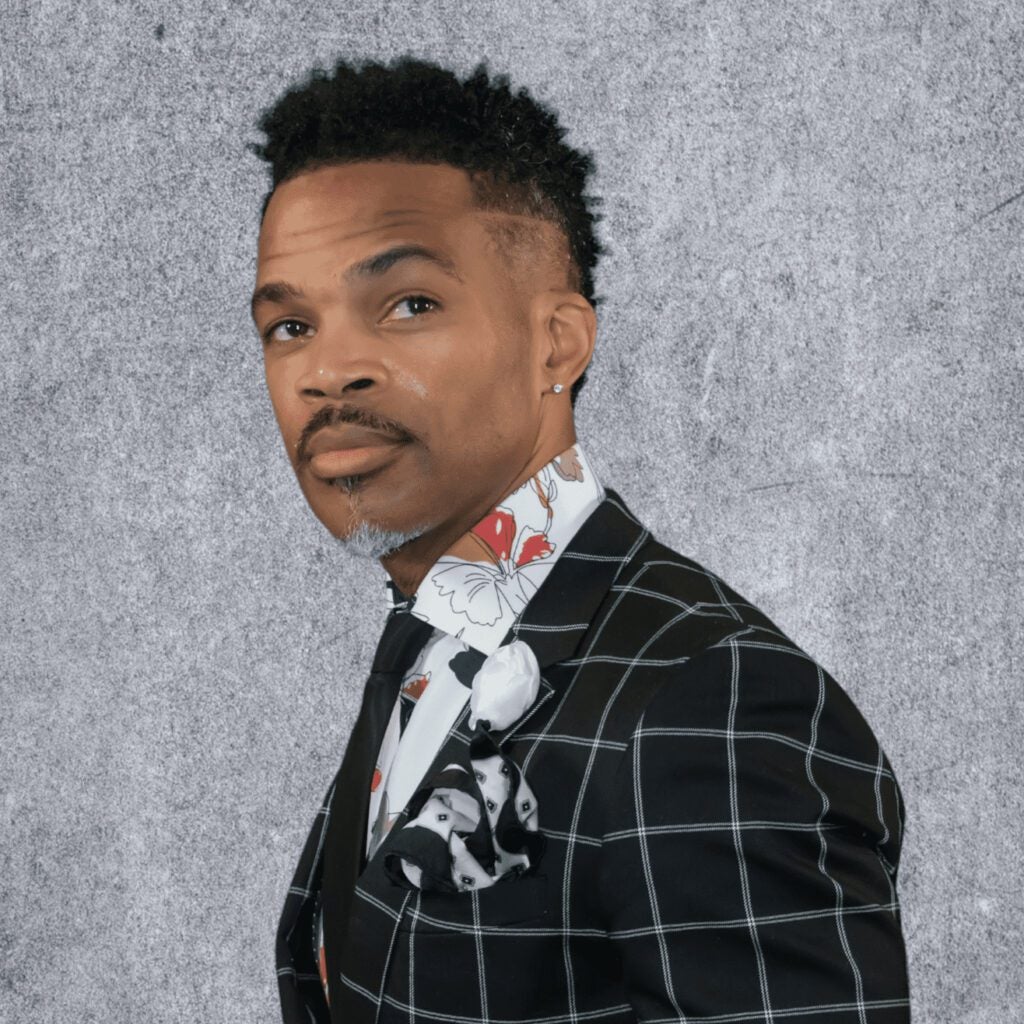
Albert Thompson
Director, Digital Innovation
Walton Isaacson
With candor and his trademark specificity, Albert Thompson, Director, Digital Innovation at Walton Isaacson, offered an entrée size portion of takeaways in advance of his ScreenShift panel: “Rethinking Measurement for the AI Era”, taking place October 14th at City Winery. With Tameka Kee, SVP, Programming & Operations at CIMM joining the conversation, this will be a “don’t miss” session.
How should we be rethinking measurement in the face of AI?
Thompson: Technology does not care about your opinions so move beyond the bias of say hallucinations to refining the accuracy of the possible outputs beyond the existing frameworks.
The Human limitation is we tend to not do things our friends aren’t already doing or aren’t existing habits. AI’s only limit is physics (literally). So, think in terms of time, space, distance limitations. Not willingness or irritational behaviors. AI can connect meaning between two unrelated measurement platforms to start synthesizing or establishing correlations between them.
Examples:
- Turn on CTV advertising while measuring foot traffic patterns to understand potential lift.
- Draw correlations between AI Search patterns, with drop offs in site traffic but continued sales growth.
What are the biggest challenges you see in thinking differently?
Thompson: The greatest threat is still human laziness. It’s time to connect systems that are merely adjacent to each other. Make them face each other and then interlock with one another. Measurement is a continuum. People are too timid to make the connections. The marketplace has so much “noise” no one is solving anything but AI can be what “turns down the volume” for clarity.
What strategies are usually most effective for pivoting in this AI era when it comes to measurement?
Thompson: Start with an AI council to ensure proper governance and ethics. Then outline the business framework and the points of friction to fix in your measurement approach. After that,
- Deploy the type of AI solutions for measurement that match the business structure—don’t just deploy what everyone else does.
- Embrace upstart companies, the innovators, with unique solutions who aren’t buried in bureaucracy.
- Develop a framework around AI that establishes “line of sight” in understanding that is currently lacking.
And, through it all, ensure there is a feedback loop for the AI agents to get smarter around connecting dots in measurement and teaching the teams.
What is your hoped-for takeaway from this panel—or from ScreenShift overall?
Thompson: If brands, media companies, or agencies don’t start taking up “agency” or decisioning fast, the machines will, because they are going to expose all the historical excuses that were made.
Contact Us
-
Leadership
Stephanie Cronk
Brand Director, ScreenShift
scronk@accessintel.com -
SPEAKING INQUIRIES
Lynn Leahey
Editorial Director, Cynopsis
lleahey@accessintel.comGeneral Inquiries
-
Sponsorship
Amy Abbey
Sales Director, Cynopsis
aabbey@accessintel.com
